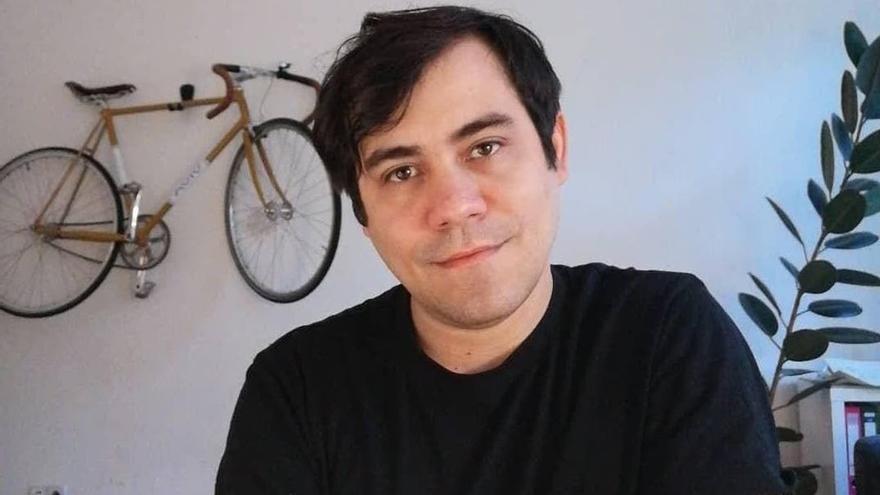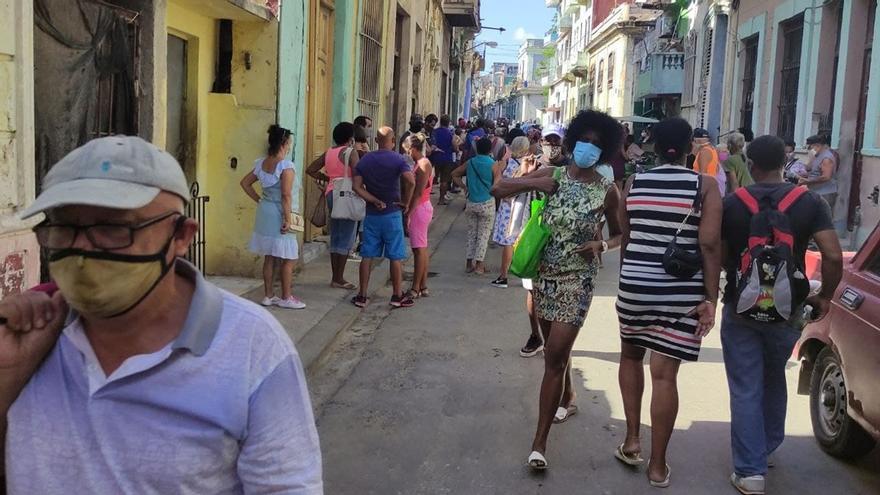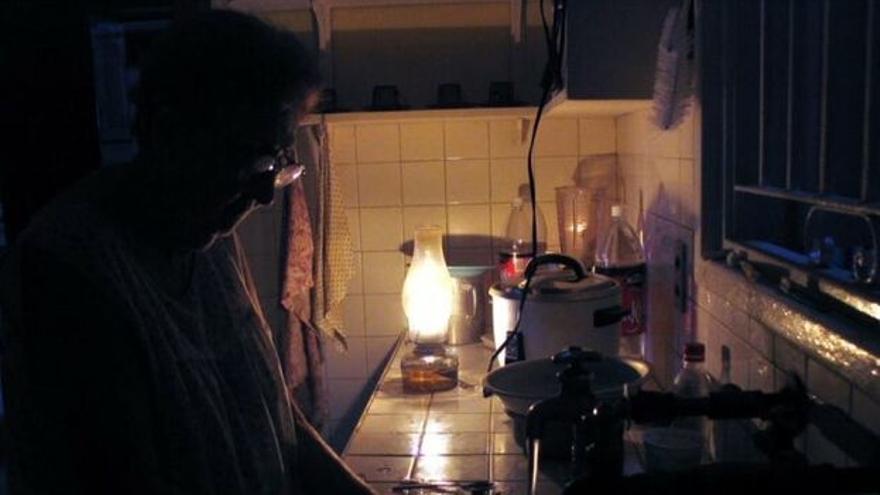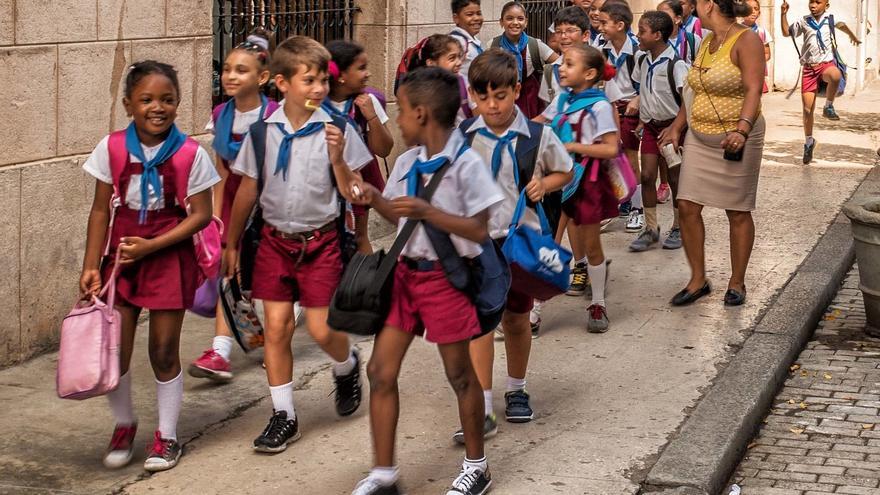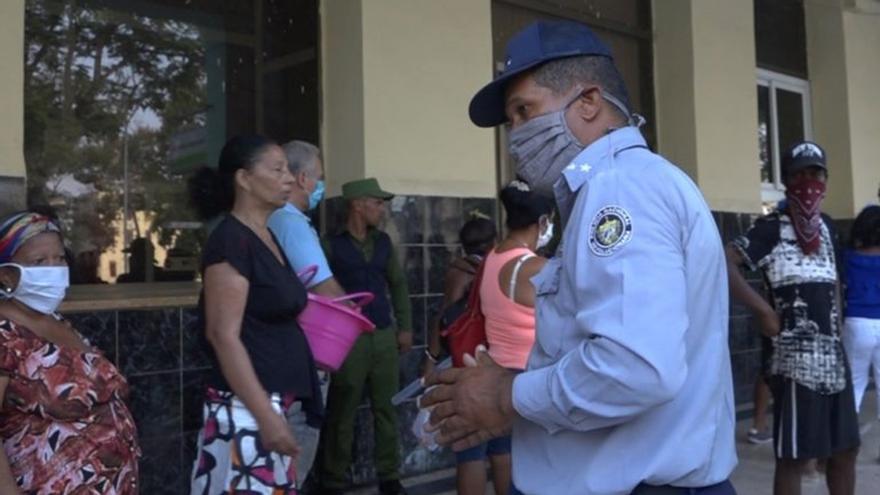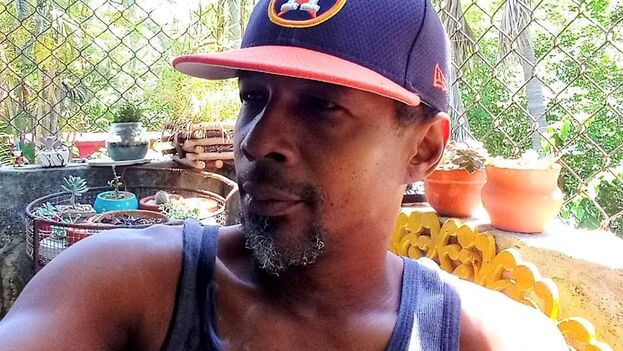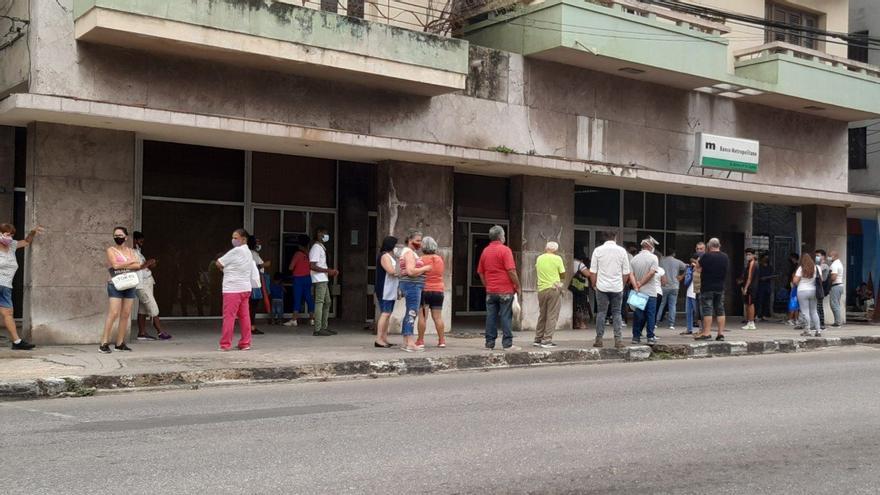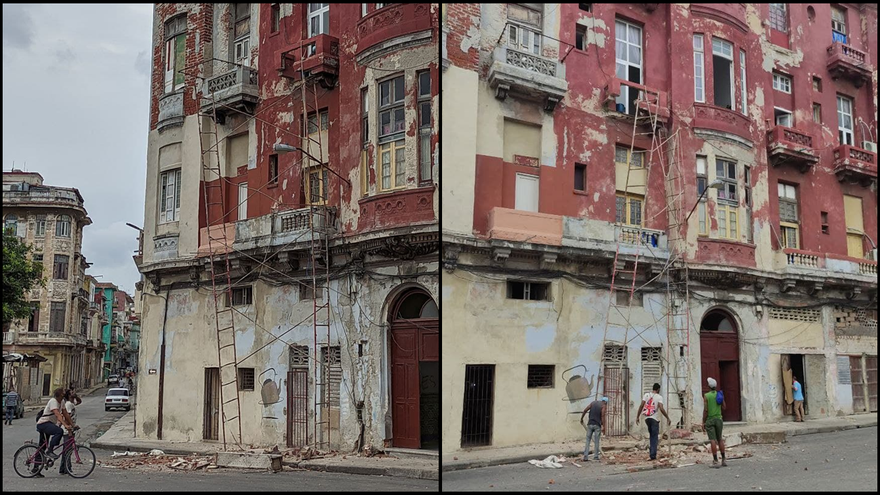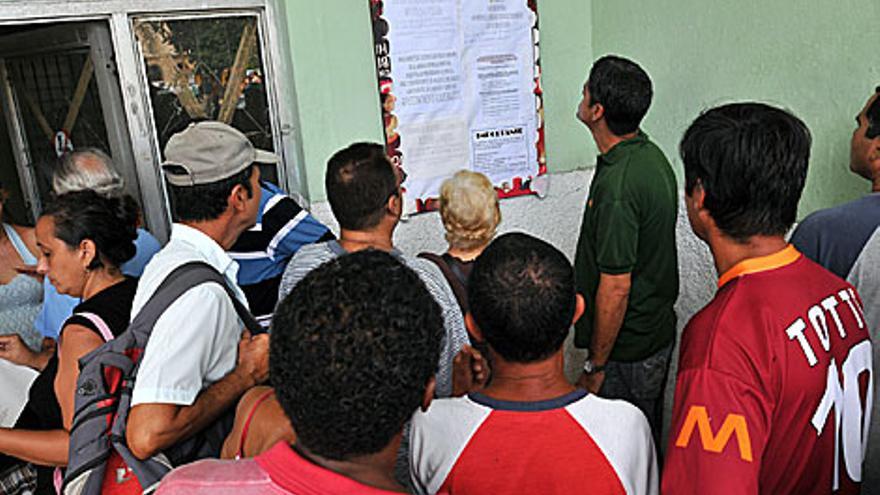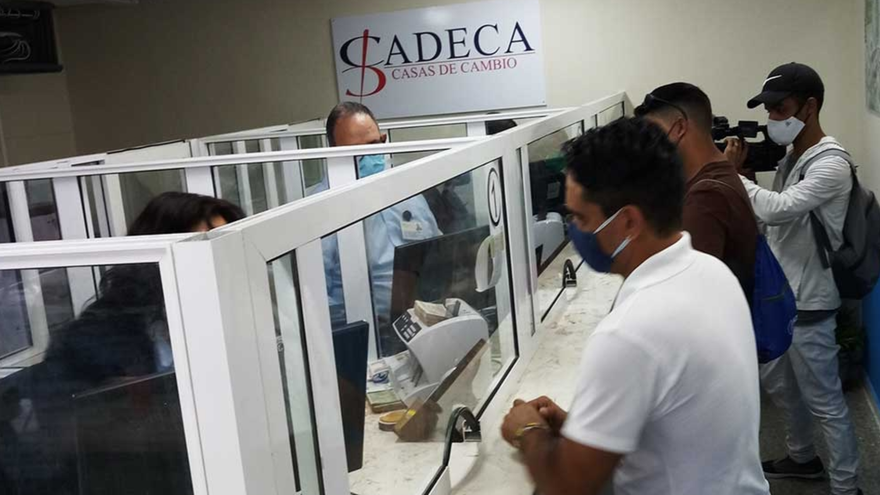
![]() 14ymedio, Reinaldo Escobar, Havana, 23 June 2021 — Residents of the “rubber company building” do not know where else to take their complaints. The two-story edifice, located in the Lotería neighborhood of Havana’s Cotorro district, has ten apartments, five on each floor. It was built in 1997 to house employees of the Conrado Piña Rubber Company.
14ymedio, Reinaldo Escobar, Havana, 23 June 2021 — Residents of the “rubber company building” do not know where else to take their complaints. The two-story edifice, located in the Lotería neighborhood of Havana’s Cotorro district, has ten apartments, five on each floor. It was built in 1997 to house employees of the Conrado Piña Rubber Company.
Residents have been complaining since 2016, when “a little thread of water” first appeared, indicating there was a leak in the roof. Water now inundates both the top and the bottom floors, especially during the rainy month of June.
Residents wrote to the Council of State, to various housing agencies, to the police, to the National Assembly and to official media organizations but none of them offered a solution. They then posted something on Facebook and, finally, someone agreed to answer questions from 14ymedio. continue reading
When construction began on the building, it was the era of the “National Program for Low Consumption of Resources and Energy.” This project by the National Institute of Housing and Energy was an attempt to address the decline in Cuban housing construction after the collapse of the Soviet bloc. It was the end of tall buildings, of pre-fab structures, of slip-formed concrete and all the various types of construction that required large investments.
This program was a product of the Special Period. The cruel joke at the time was that the dwellings built under this program were “low-cost houses for people of little importance.” Nevertheless, they continued to be allocated based on how many labor and social merits a potential resident had earned. In the case of two-story flats, an apartment was not the property of the tenant but rather what was known as a “basic medium,” which meant the company was no longer responsible for maintenance once it handed over the properties.
Things started getting worse at the twenty-year mark, when residents of a half-medium could “disengage” themselves from the company and assume ownership of the property. But a leaky roof does not happen by accident. It can be traced back to the type of construction, the quality of the materials, improper installation or poor maintenance.
The two-story “rubber building” was built in the 1990s to house employees of the Conrado Piña Rubber Company.
Residents describe how, in 1997, a work crew came to install the underlay for a waterproof membrane but never installed the membrane itself, which would have protected the roof. When the sun hit the thin surface of the underlay, it began to crack and water accumulated underneath it.
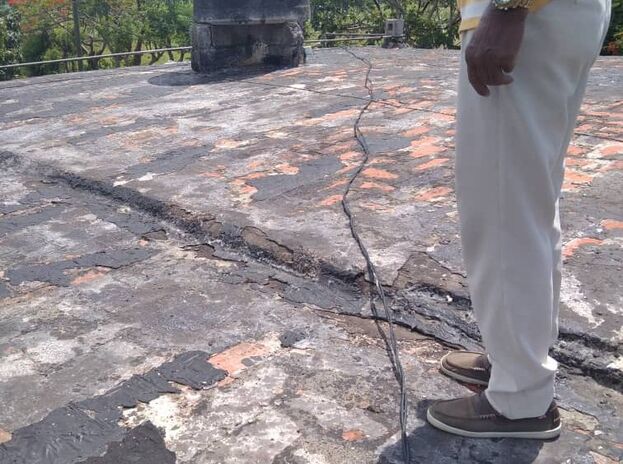
“We had to remove it ourselves because it only made the problem worse,” says Marlene Hernández, who lives in apartment #6, the first one on the top floor. And she has an another complaint: The roof does not have gutters, so rainwater runs down at a slight incline to its low point, which happens to be over her unit. “If they had let it slope to the edge of the roof, everything would be different, at least for me.”
Hernández has repeatedly posted her complaints on social media sites along with desperate calls for help. Several of her neighbors have joined the pleas on her Facebook page, including Ketty Quesada. “This is unbearable,” she writes. “Are they waiting for the roof to fall in?
The daughter of a neighbor on the floor below Hernández goes further: “I thought Cuba doesn’t abandon its own. Well, prove it with actions before it’s too late and something unfortunate happens.” She notes that the two-story building houses “workers and retirees who have contributed a lot to the Revolution.” She wonders, “Is this how they are repaid?”
So far the site has been visited by three specialists: two from the city agency in charge of housing and another from the community architect. All confirm that the problems are real but note that it is not in their power to fix them.
The consultants report that joints in the roof slabs need to be reinforced with P 350 cement. Agencies that could carry out the work, however, do not currently have this material on hand. The little cement that does come on the market from time to time goes to retail stores whose merchandise can only be purchased with debit cards linked to hard currency bank accounts, which the residents of this two-story apartment building do not have.
The issue of housing is the most intractable problem Cubans face. Finding another patron like the Soviet Union, which subsidized the Cuban state for thirty years, is not an option. Alternative solutions which relied on locally produced materials, do-it-yourself labor, and low-cost construction have only succeeded in degrading the urban environment.
Looking ahead, many hope that one day the forces of productivity will be unleashed and private companies will take over management of the building sector. What is preventing that from happening now are the limitations imposed by the state, which will not even authorize the creation of small and medium-sized housing construction companies.
While the waters find their level, one area in which construction activity is increasing, especially in the capital, is hotels. There is no shortage of tools or materials there. To guarantee quality, even the workers are even imported.
____________
COLLABORATE WITH OUR WORK: The 14ymedio team is committed to practicing serious journalism that reflects Cuba’s reality in all its depth. Thank you for joining us on this long journey. We invite you to continue supporting us by becoming a member of 14ymedio now. Together we can continue transforming journalism in Cuba.


